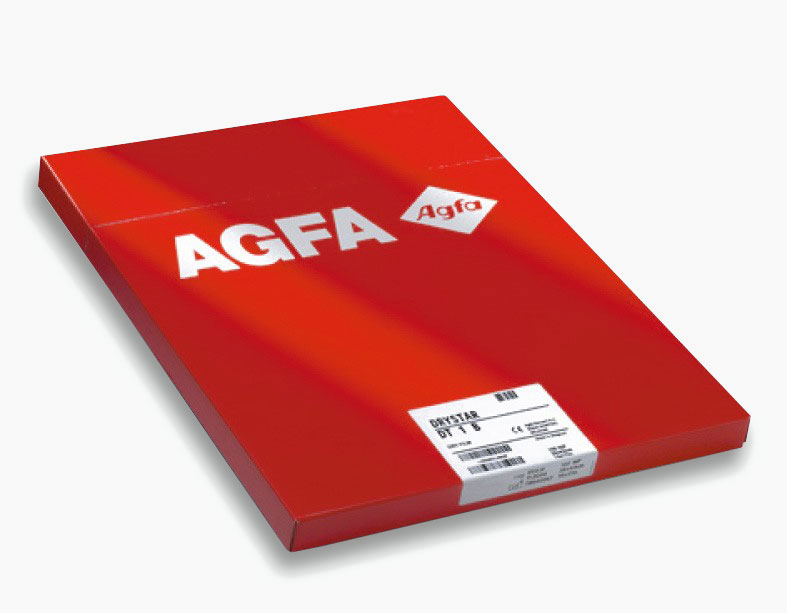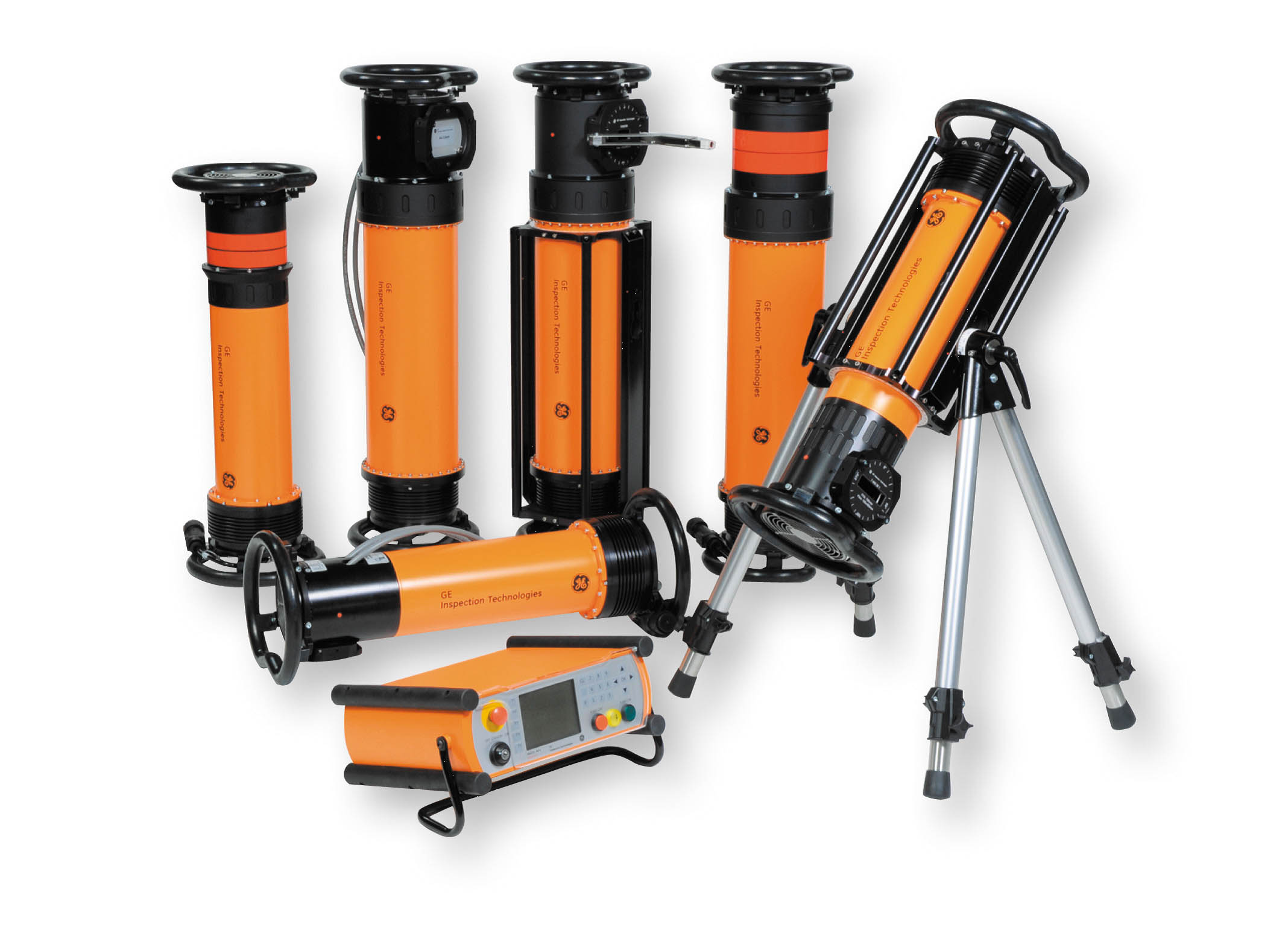

To address these issues, this paper details the first results from new experiments under development at the National Ignition Facility (NIF), using a different method to replicate the prior experimental conditions. Another discrepancy, between theory and helioseismic measurements of the boundary's location, would be ameliorated if the experimental opacity is correct. The elliptical design, results, and future options are presented.ĭiscrepancies exist between theoretical and experimental opacity data for iron, at temperatures 180-195 eV and electron densities near 3 × 10 22 /cm 3, relevant to the solar radiative-convective boundary. Design efforts to improve the existing system focus on mounting reliability, reducing crystal strain to increase survivability between mounting and shot time, and extending the energy range of the instrument down to 520 eV. In addition, OpSpec is currently used on 18 NIF shots/year, in which both crystals are typically damaged beyond reuse, so efficient production of 36 crystals/year is required. The current elliptical design is an improvement from the convex cylindrical design but has a usable energy range from 900 to 2100 eV.

An elliptically shaped crystal allows an acceptance aperture at the crossover focus between the crystal and the detector, which reduces background and eliminates nearly all reflections from alternate crystal planes. However, with the convex geometry, the low-energy portion of the spectrum suffered from high backgrounds due to scattered x-rays as well as reflections from alternate crystal planes. The original OpSpec used two convex cylindrical crystals for time-integrated measurements of point-projection spectra from 540 to 2100 eV.

The soft x-ray Opacity Spectrometer (OpSpec) used on the National Ignition Facility (NIF) has recently incorporated an elliptically shaped crystal. The measurements were taken using selected anodes, filters, and applied voltages to produce well-defined energy lines. A broader range of energies was selected to compare results with previously published data. The absolute response of Agfa D4 x-ray film from 705 to 4620 eV has been measured using the Nevada National Security Site Manson x-ray source. These calibration efforts are vital to the accuracy of the NIF opacity measurements and are conducted in a previously un-studied x-ray energy range under a new film development protocol required by NIF. The calibration of Agfa D4 x-ray film for use in the OpSpec is communicated here. However, Agfa D4 and D3sc x-ray films’ higher spatial resolution provides increased spectral resolution to the data over the IP-TR image plates, driving the desire for regular use of x-ray film as a detecting medium. The soft x-ray Opacity Spectrometer (OpSpec) fielded at the NIF has an elliptically shaped crystal design that measures x rays in the 900–2100 eV range and currently uses an image plate as the detecting medium. Multiple Flash IIP consoles can be networked to communicate with all of the FCR readers in the department, improving flexibility and reducing potential workflow bottlenecks.X-ray films remain a key asset for high-resolution x-ray spectral imaging in high-energy-density experiments conducted at the National Ignition Facility (NIF). The minimal space requirements allow in-room installation and offer the most flexibility for placement. The simplified user interface automates processes to decrease errors and reduce the number of steps required to produce images meaning examinations are completed more quickly and patients spend less time in the waiting room. Designed for patient identification, image review and image optimization, the Flash IIP integrates these multiple functions into one compact workstation. Workstation is the user interface to the XG5000 and it is the key to enhancing technologist workflow. Simplified User Interface A CR systems ease of use is critical to optimizing efficiency.


 0 kommentar(er)
0 kommentar(er)
